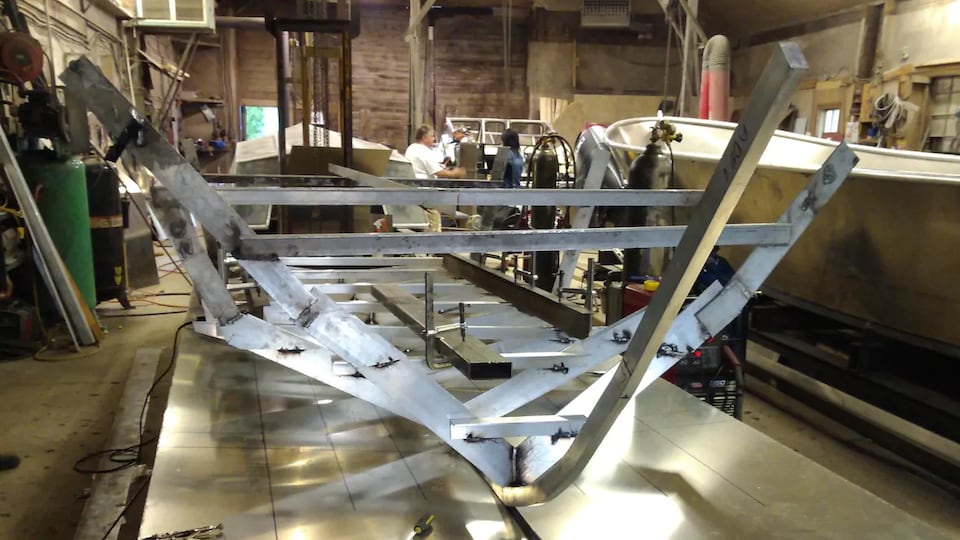The project, led by Professors Vicki Chartrand, Genner Llanes-Ortiz and Alex Miltsov of the Department of Sociology, is working in collaboration with Indigenous partners, including Gitxsan/Wet’suwet’en knowledge keeper and activist Gladys Radek, as well as Knowledge Keeper Tk’emlúpste Secwépemc Viola Thomas. The team also received a grant of nearly $300,000 from the Human Resources Research Council of Canada to carry out the project.
The idea began to germinate in 2008, when Professor Vicki Chartrand was working with Gladys Radek on the issue of missing and murdered Aboriginal women. Gladys lost her niece in 2005. She walked across the nation five times to bring attention to the issue […] She also linked families and communities together with her walks. She was able to give hope to families.
Before the marches, hardly anyone spoke of the murdered and missing women and girls, says Gladys Radek. It was a subject that did not exist
.
” When we started the marches, we realized that many families of victims were working within their communities to raise awareness of their cause, and lobbying for needed resources for the community. »
The combined pressure of all these families led to the holding of the National Inquiry into Missing and Murdered Indigenous Women and Girls. Gladys Radek was a member of the National Family Advisory Circle, which advised the investigation team. For her, this is proof that the communities themselves can meet their needs, if they have the necessary tools.
All our communities are different, our languages, our cultures are different. So our needs are different
adds Gladys Radek. The government is giving money to organizations that don’t do much. Our opinion is rarely considered in decisions
. Hence the need to identify those initiatives, she argues, that have a real impact on communities.
The two women began to document the activities that the families did to support the community, help it heal or even prevent violence. We managed to collect 500 community initiatives
underlines Gladys Radek.
To achieve this, interviews were conducted by the team with Indigenous families, information published in the media was reviewed and all the testimonies of the National Inquiry into Missing and Murdered Indigenous Women and Girls were read.
It not only demonstrates that there are vast resources, skills and strengths in Indigenous communities, but it also reflects the many strengths of justice. [communautaire]
adds Vicki Chartrand.
” These activities are really rich and diverse. These range from public education to community patrols, healing circles, and remembrance and support activities. »
Drag the Red is one of the initiatives that marked Vicki Chartrand. Launched in 2014 following the discovery of Tina Fontaine’s body in Winnipeg’s Red River, the project aims to scour the river for human remains that could match missing Indigenous people.
The police didn’t want to search the river further because they said it would be dangerous and inefficient, she explains. The community decided to search the river to determine if other women were missing. They put their resources together. They have developed toolkits. For me, it was a community response. It was more than the imagination and the capacities that the state can do.
” What I see is justice going to communities itself with support and resources. »
By distributing her resources on the web, Vicki Chartrand hopes to make them more accessible to all communities. Other families could use these resources
, she explains. Gladys Radek also says that communities could draw inspiration from what is done elsewhere.
Some communities have resources for young people, others do not, she gives as an example. Our job is also to find what could help these communities, and help them obtain them. Our government must put the money in the right resources.
Vicki Chartrand explains that there are still several steps to go before we can put this directory online, but she hopes that this resource will be available by 2025.
The team now works with seven partners, but wants to find more. They are really open to this possibility of having resources developed by indigenous people, and not only the State
she concludes.
Reference-ici.radio-canada.ca
